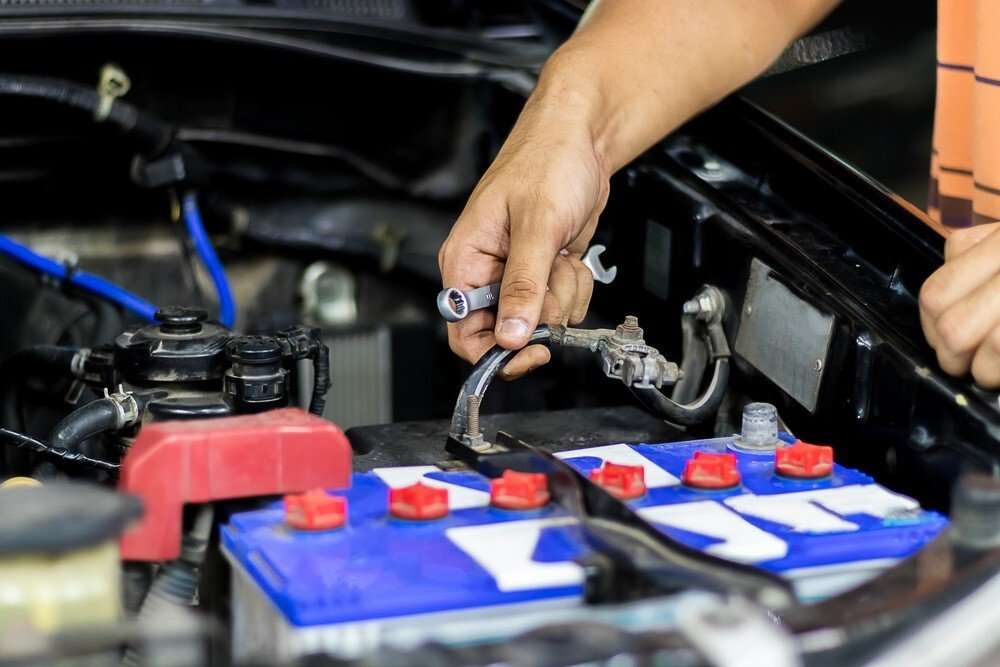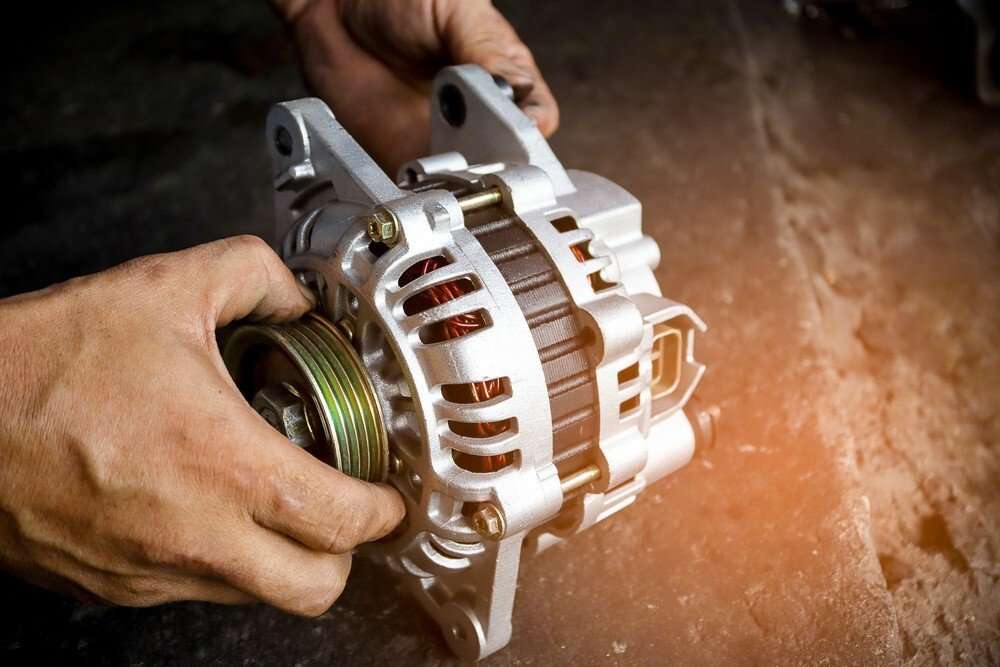The car alternator is a vital component of a car’s electrical system. It provides power to the vehicle when you need it by converting mechanical energy into electric current, and stores this electricity for later use. When the battery runs low, the alternator takes over supplying power to your engine until the battery is recharged again or replaced. This process makes sure that your engine doesn’t stall in traffic. An alternator can fail at any time, so it’s important to know how to test an alternator before buying a new one if you suspect it might be faulty.
You might feel like you don’t need this article. But you do. Because whether you’re about to tackle the issue yourself or hire a mechanic, you need to know how an alternator works and what you should test for. This guide will make this process easy, simple, and give you peace of mind knowing that your car will keep running smoothly.
A basic understanding of automotive electrical systems is crucial to effective DIY car care. In this guide, we’ll learn how to test alternators by disconnecting battery, and what to do if the alternator is failing.
If your car won’t start, your first instinct may be to blame the battery. But when you jump-start your car and it still won’t start, there’s a good chance that something else is wrong. In fact, there are a number of electrical issues that can leave you stranded without an obvious solution. One of these is a faulty alternator — but how do you test it? See this guide for some simple steps to help you diagnose this problem.
Jump to
How to Test Alternator by Disconnecting Battery – Easy Guide!
Here are four steps to test an Alternator with this method:
1) Park the Car in Safe Place
Park your car in a safe place before you disconnect the battery terminal. This is necessary for safety procedures. If the engine stops while you’re working on it, it will be easier and safer to restart it in a parking lot than at highway speeds.
2) Start the Car and Let it Idle for a Few Minutes
This will provide you with a good idea of whether or not the alternator is working properly.
3) Disconnect the Positive Battery Terminal
Disconnect the positive terminal of your car’s battery to disconnect power from your vehicle’s electrical system. This will stop the current flow from the battery and allow you to safely test the alternator without damaging anything else. Be sure not to touch any part of the automobile while this has been disconnected.
4) Test Whether Car keeps running without battery power
If the car keeps running when you disconnect the battery power, this indicates that there is no problem with your alternator and it is working fine.
If the car doesn’t start, or it runs for a short time before stalling out again, this indicates that there is a problem with the alternator.
Note: If your car stalls out when you disconnect the battery but you can hear the alternator running when you try to start the car, it is possible that your alternator may be working fine but that there’s a leak in your cooling system.
That’s it! Now you know how to test an alternator by discharging the battery.

Common Reasons of Bad Alternator
Damage can cause a lot of problems with your car, if the alternator is damaged then you can not trust it. There are various reasons for a bad alternator and here are some common problems that affect it.
1) A Blown Fuse
If the fuse on your car is blown, it can damage any of your electrical systems. A blown fuse can cause high tone noises and possibly a burning smell, and it could be caused by a short in the alternator.
2) Electrical Wiring Problems
If your car’s positive wire is damaged, the faulty wire can cause the alternator not to work properly. A bad connection or a cut wire can result in problems like your headlights flickering or taking too long to start. A corroded wire or exposed wire could cause a loose connection.
3) Battery Not charged
If your battery is not being charged it can be because of an older battery or a bad alternator. A bad alternator can damage your battery life so you need to replace your alternator.
4) Cooling System Problems
A leak in the cooling system can cause your car to overheat, which will damage the alternator and battery.
5) Engine Check Light
The engine check light could be on due to a bad alternator, it can’t tell you if the alternator is bad but it will let you know that there is something wrong with your car’s electrical system.
How to keep alternator running smoothly
The alternator is pretty important for your car, if you want to keep this running smoothly then you need to do some regular maintenance. You should also check for problems often, if you don’t then it could cause some bigger damage to your car and in the worst-case scenario, your car won’t work at all. Here is how to make your alternator work smoothly and safely from overheating.
1) Check for Damage
A bad alternator will fail to charge the car’s battery, you need to check it for any damage and also be sure that the connections are not loose. If it is damaged then you need to replace it as soon as possible.
2) Wash the Exterior of the Alternator
You should wash the exterior of your alternator with a water hose and make it clean and free of any dirt. Dirt can cause heat buildup and this decreases the life of the alternator.
3) Check the Electrical Connection
You need to check all of your electrical connections for the alternator and the battery, make sure everything is in good condition. If you find any damage, fix it right away before it worsens.
Conclusion!
We hope this guide has been helpful for you in understanding how to test your alternator and the common reasons for a bad alternator.
If there are any questions that we haven’t answered, feel free to comment below and we will get back to you as soon as possible! We hope this guide has been useful for those of you who need a little bit more information about testing an alternator.
Please share this article with others who could benefit from it. Have a great day!
Also Read: What are the Symptoms of a Bad Oxygen Sensor?

My name is Tom Harris, founder of this blog. I’m a mechanical engineer with 20 years of experience in the automotive industry. I’m here to help you with your vehicle’s problems, easy fixes and share my insights and experience so that you can enjoy your rides more.

